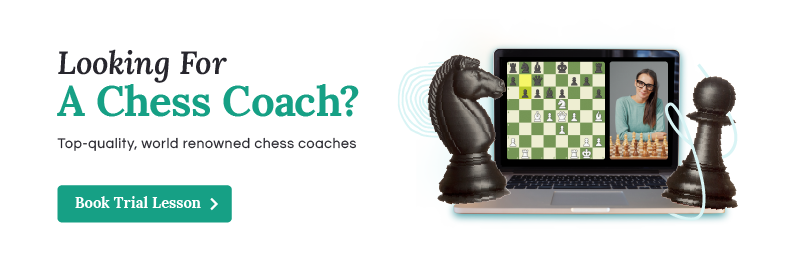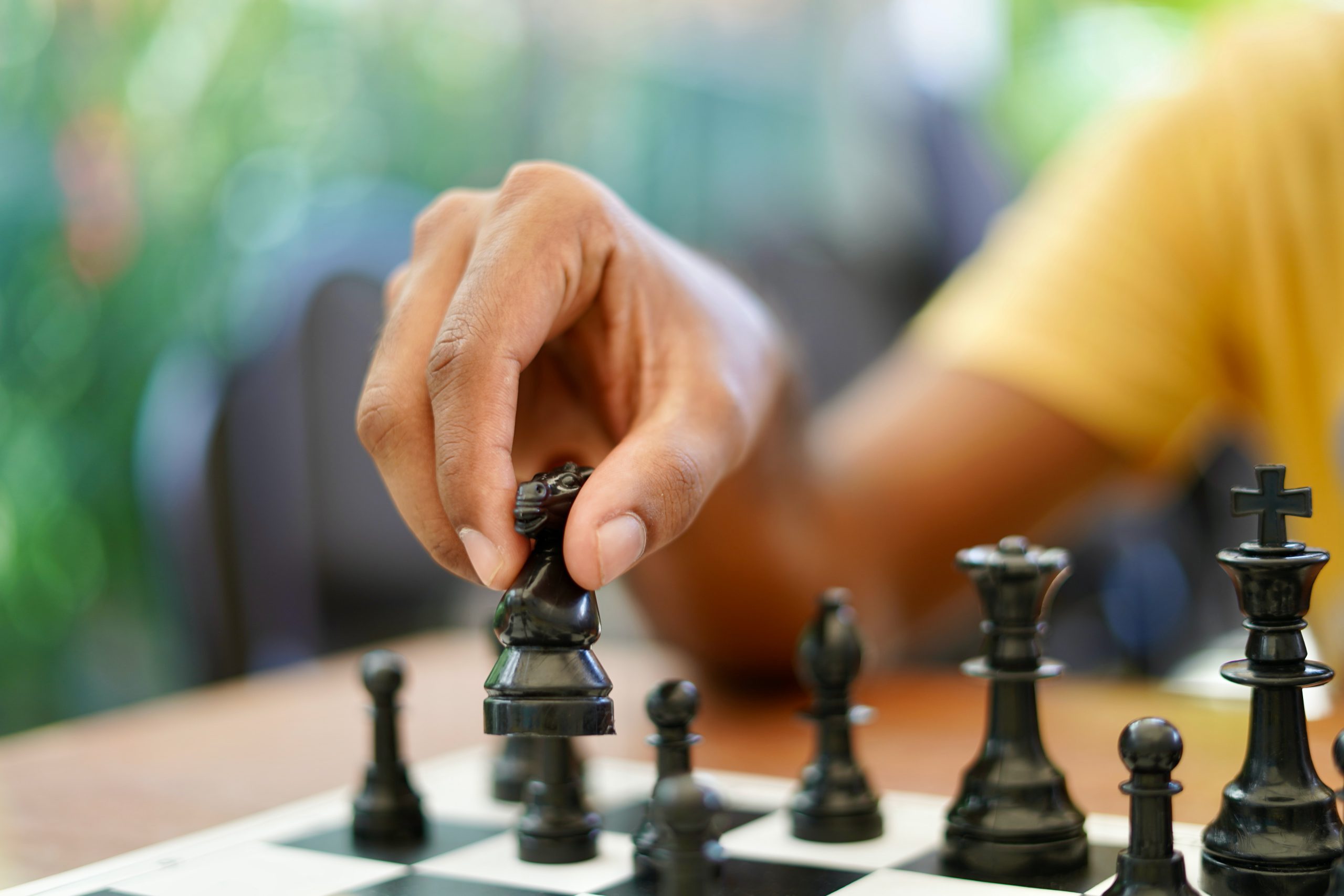In the world of tabletop games, chess may be the most glamorous. The iconic battle of strategic thinking promises engaging, unique play each time. Throughout its history, several grandmasters around the world have found success and fame with their talents.
The wonderful thing about chess is that it’s accessible to anyone – even a complete newbie. Of course, it helps to know where to start! Read on for an easy setup guide and some basic rules to get you started. Then, enjoy immersing yourself in the fascinating world of chess.
Learn Chess Online
Individual Chess Lesson with Woman Grandmaster
David Weinstein- so looking forward! I’ll drive the bus if necessary- I’ll definitely be on it
Intermediate
94%
(349)
Meet Amphy
The largest marketplace for live
classes, connecting and enriching
humanity through knowledge.



